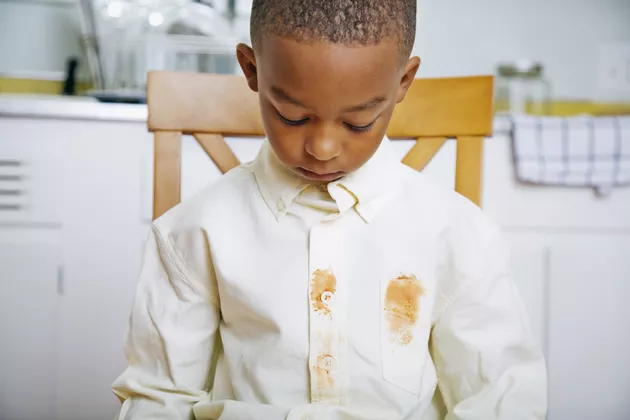
Tough stains can be a headache to deal with, but with the right techniques and products, they can be effectively removed. Bleach is a powerful stain remover that can tackle even the most stubborn stains when used correctly. In this comprehensive guide, we'll provide you with tips and techniques for effectively removing tough stains using bleach.
Before using bleach to remove stains, it's important to take proper precautions to ensure safety. Wear gloves and protective clothing to prevent skin contact, and work in a well-ventilated area to avoid inhaling fumes. Keep bleach away from children and pets, and never mix it with other cleaning products, as this can create harmful chemical reactions.
Before applying bleach to a stain, it's essential to test the fabric or surface for colorfastness. Apply a small amount of diluted bleach to an inconspicuous area and wait for a few minutes to see if any color changes occur. If the color remains unchanged, it's safe to proceed with treating the stain with bleach.
For most stains, it's best to dilute bleach with water before applying it. Mix one part bleach with four parts water for a safe and effective solution. Apply the diluted bleach to the stain using a clean cloth or sponge, making sure to saturate the stained area completely. Allow the bleach solution to penetrate the stain for a few minutes before proceeding to the next step.
For tough stains, gentle agitation or scrubbing may be necessary to help loosen the stain and allow the bleach to penetrate deeper into the fabric or surface. Use a soft-bristled brush or sponge to gently scrub the stained area, being careful not to damage the material. Continue scrubbing until the stain starts to lift and fade.
Once the stain has been treated with bleach, it's essential to thoroughly rinse the area with clean water to remove any residual bleach and prevent discoloration. For fabric stains, launder the item as usual using detergent and warm water. Check the stained area after washing to ensure the stain has been completely removed before drying.
When dealing with specific types of stains, such as blood, rust, or mildew, there are additional safety precautions and techniques to consider. For example, blood stains should be rinsed with cold water before treating with bleach to prevent setting the stain. Rust stains may require a stronger bleach solution or the use of a rust remover product. Always follow specific instructions for treating different types of stains to achieve the best results.
If you prefer not to use chlorine bleach, there are alternative bleach products available that offer similar stain-removing properties. Oxygen bleach, for example, is a non-toxic alternative that is safe for use on colored fabrics and delicate materials. Hydrogen peroxide can also be used as a bleach alternative for certain types of stains.
Bleach is a versatile and effective stain remover that can tackle even the toughest stains when used properly. By following the tips and techniques outlined in this comprehensive guide, you can successfully remove stubborn stains from a variety of surfaces and fabrics. Remember to always take proper safety precautions when using bleach and test for colorfastness before treating stains. With a little effort and the right approach, you can restore your belongings to their original pristine condition.
© Kick Bleach. All Rights Reserved.
Designed by EdgeMark Media Africa